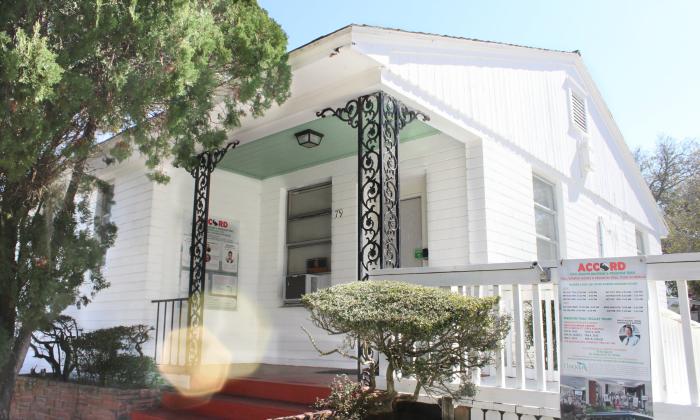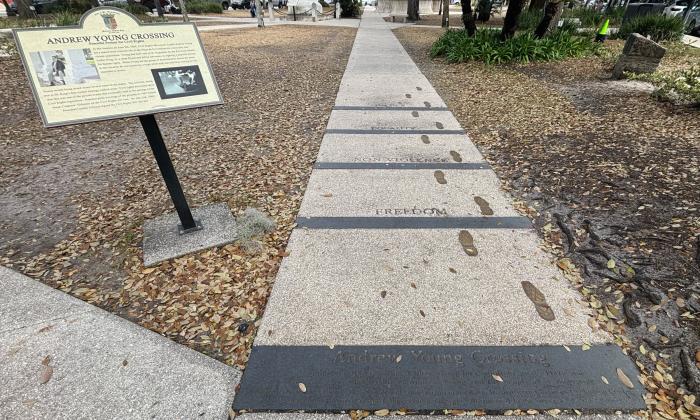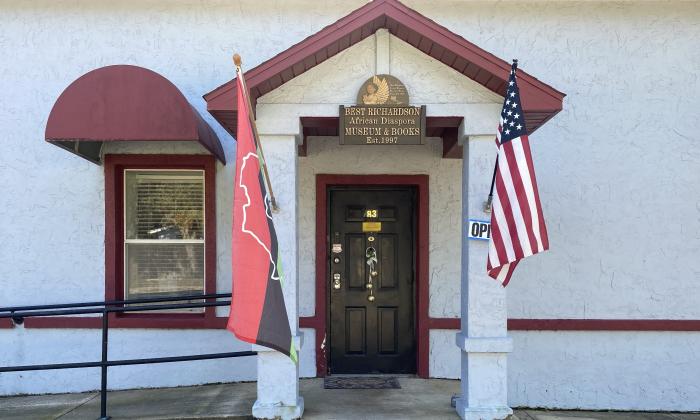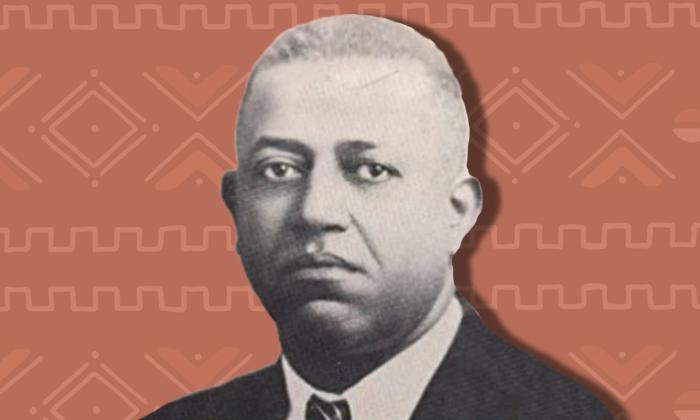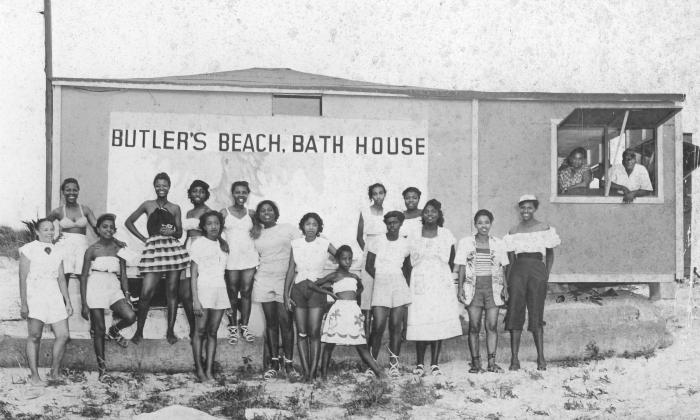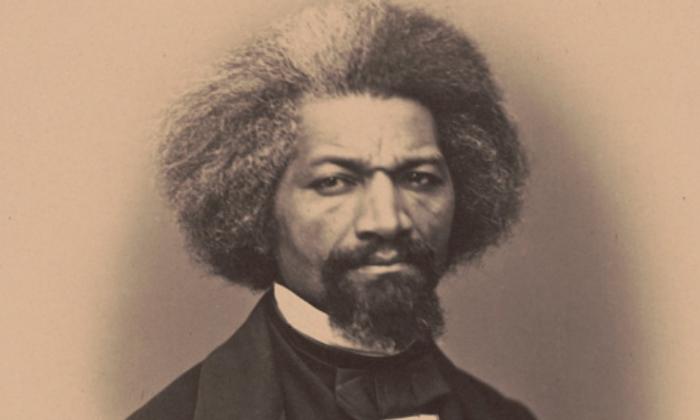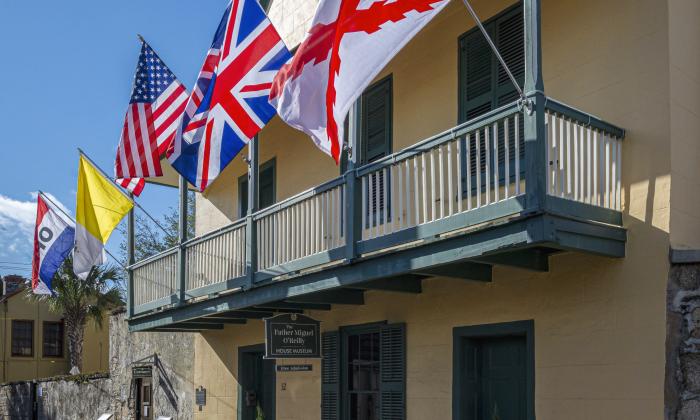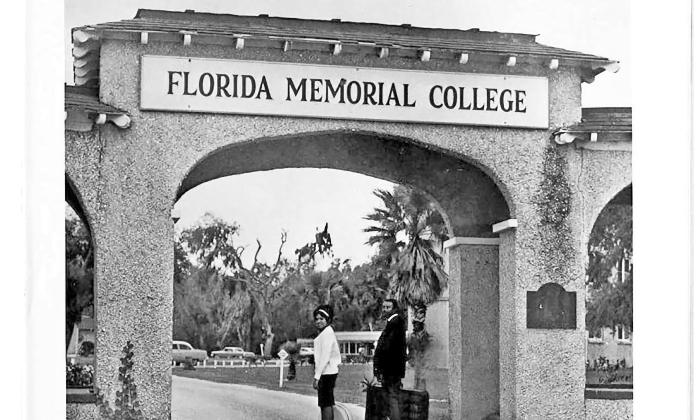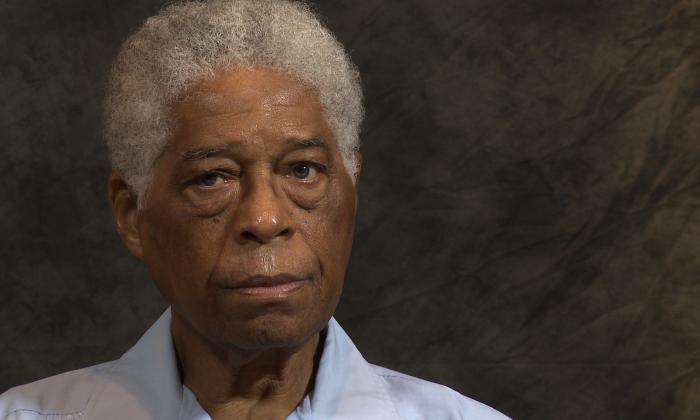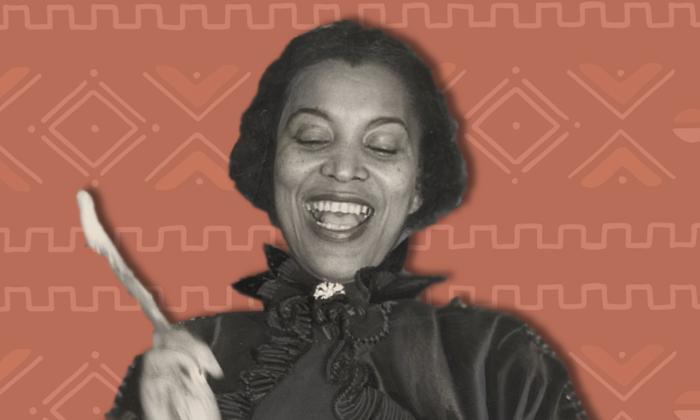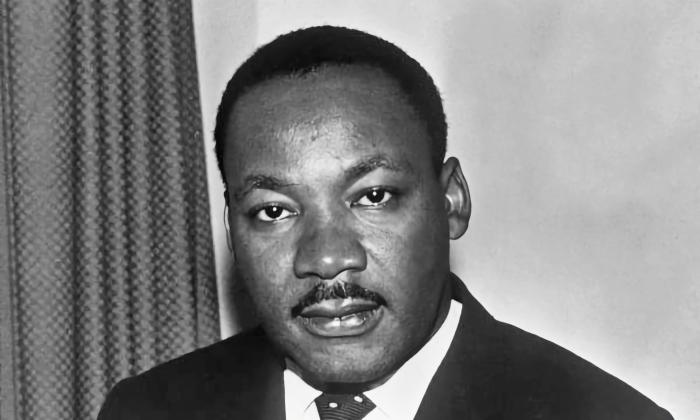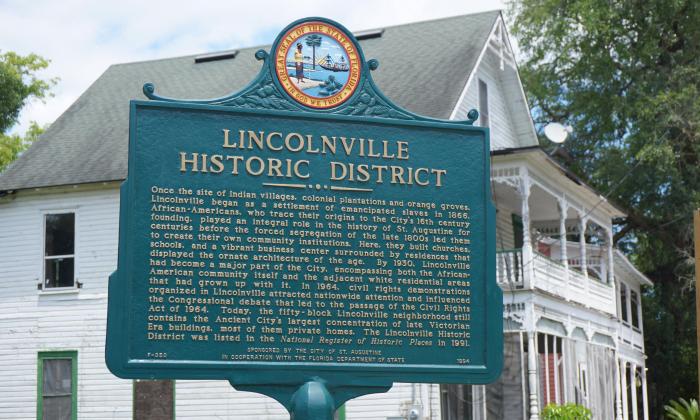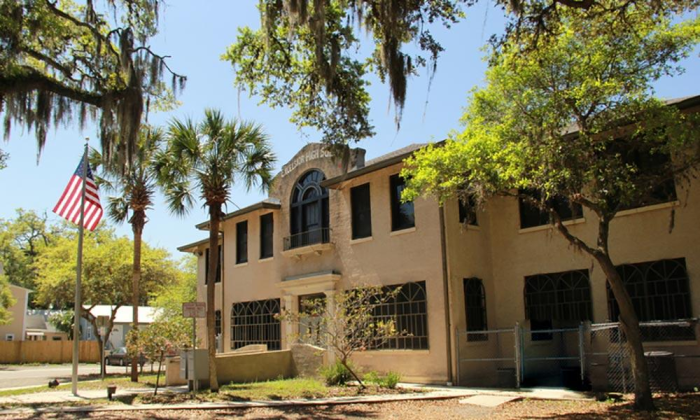
Reconstruction & Jim Crow Era (1877-1964)
America’s century of segregation.
How the Jim Crow Era Started
The progressive era of Reconstruction that followed the end of the American Civil War ended in the mid 1870s, as leaders who were once Confederate sympathizers began to regain power.
The presidential race of 1876 and the U.S. Supreme Court’s 1896 Plessy v. Ferguson decision both made it easier for states to enact racist laws against African Americans.
Florida During Jim Crow
Florida was especially quick to restrict the freedoms of Black people, with one statute limiting access to railroad cars as early as 1865.
According to Florida Atlantic University, the Sunshine State enacted 19 “Jim Crow” laws between 1865 and 1967. Citizens were encouraged to report cases of interracial relationships, being offered cash rewards by local and state governments.
Resources
Online Resources
The Civil Rights Movement in Florida, Learning Unit from Florida Memory
Map of Jim Crow America, from Florida Atlantic University
Learning Unit: Railroads Change Florida, from Florida Memory
Research Starter: Convict Labor Leasing in Florida, from Florida Memory
Learning Unit: Zora Neal Hurston and the WPA in Florida, from Florida Memory
Primary Source Set: Voting and Elections in Florida, from Florida Memory
Primary Source Set: Prohibition in Florida, from Florida Memory
Learning Unit: Mary McCleod Bethune, from Florida Memory
Research Starter: Henry Flagler’s Florida East Coast Railway, from Florida Memory
Learning Resources from Resilience: Black Heritage in St. Augustine
Guide to Black History Collections in the Archives of Florida, from Florida Memory
Florida History Online, database from the University of North Florida
Further Reading
Ardalan, Christine. 2019. The Public Health Nurses of Jim Crow Florida. University Press of Florida.
Connolly, N.D.B. 2014. A World More Concrete: Real Estate and the Remaking of Jim Crow South Florida. University of Chicago Press.
Black History of Florida: A Reading List, from The Florida Bookshelf






